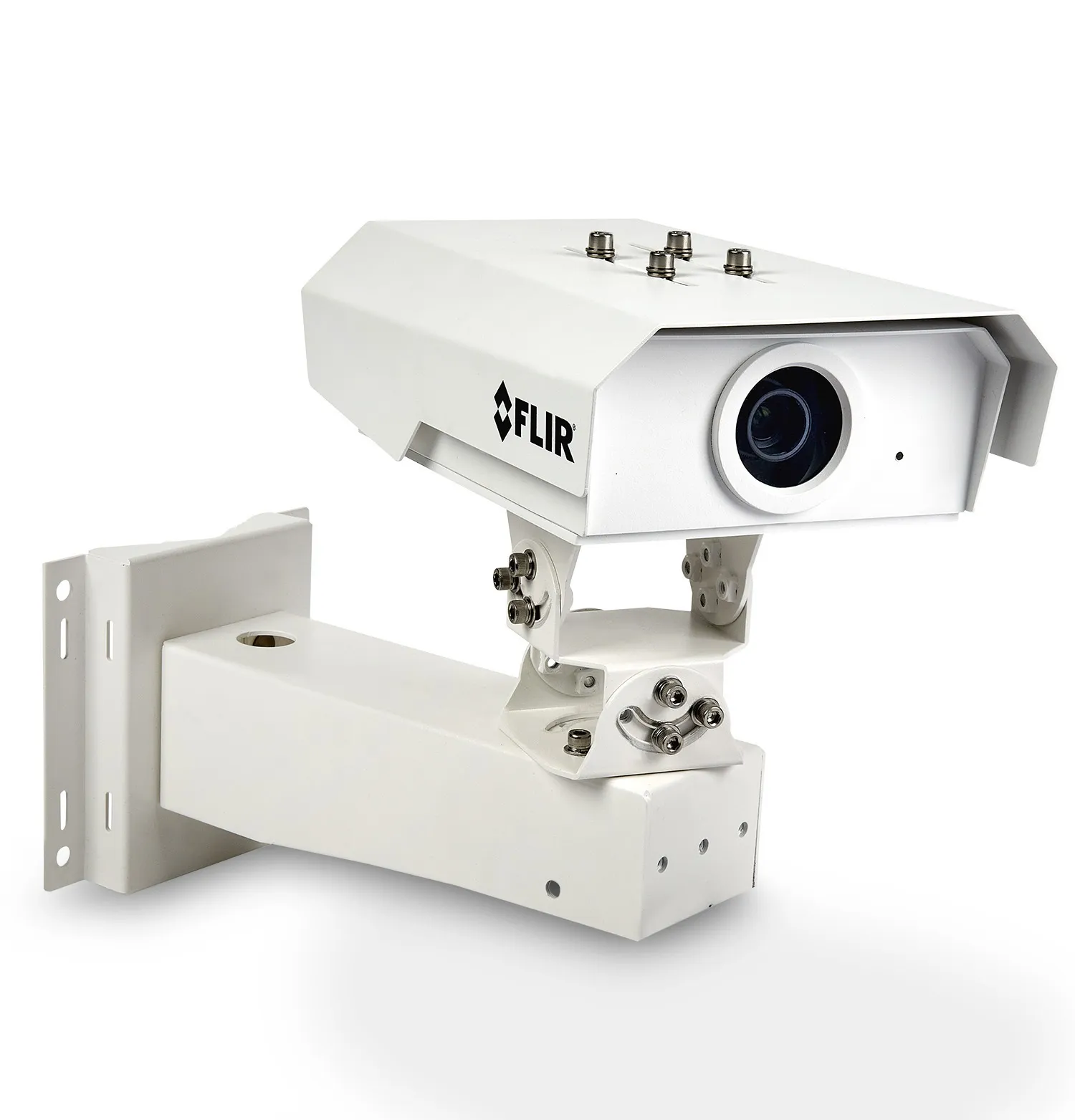
US-headquartered
Houston Radar SpeedLane is state-of-the-art true dual beam, low power side-fire radar. It is designed to accurately detect lane, speed and class of individual vehicles and compute per lane volume, occupancy, gap, average speed, 85th percentile and headway parameters.
Among an array of features and benefits, the company claims the world’s lowest power usage for this highly integrated multilane traffic measurement radar – at just 0.85 Watts SpeedLane requires ten times less power than competing products and it mounts on the side of the road for non-intrusive traffic data collection. Additionally, its patent-pending true dual beam “speed trap” technology inherently provides accurate measurements without the need for in-situ calibration and the device can simultaneously measures all vehicles in eight user defined lanes.
Houston Radar’s Tetryon traffic server is a customisable cloud server used to aggregate data from multiple SpeedLanes in one central location.
Meanwhile, the company says its Armadillo Tracker, a fully integrated multilane bidirectional traffic statistics gathering device, is the leading non-intrusive real-time and archiving statistics collector in the world. It is also claimed to be the smallest radar-based stats collection box with target tracking, multilane and bidirectional capabilities. The device collects individual time-stamped vehicle counts, speeds and class (up to three) per direction in up to 2+2 lanes making it a perfect fit for traffic monitoring and speed study applications.







